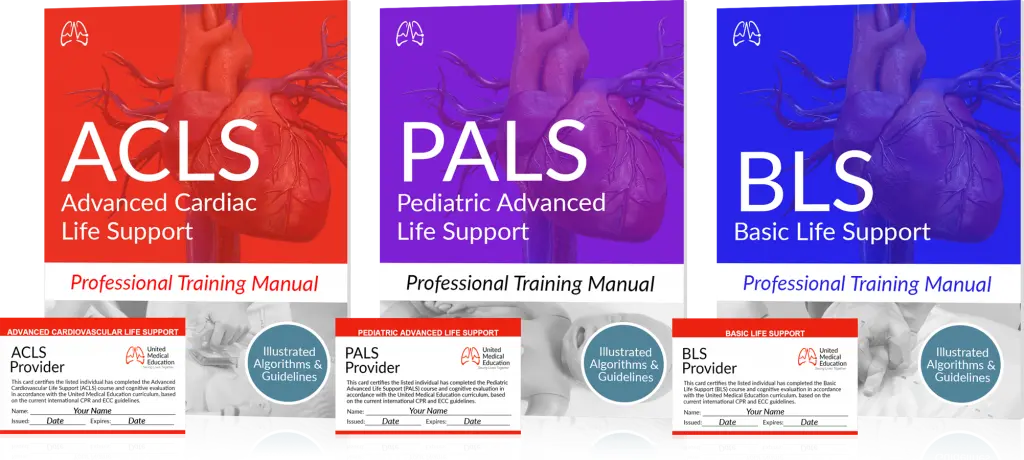Road safety is a complex puzzle, and each piece, each participant, has a vital role to play. Amongst them, there is a group of people who shoulder an even greater responsibility – bus drivers.
Transporting people from one location to another isn’t their only role. They are also the guardians of safety for everyone aboard. This often goes beyond directing traffic, managing schedules, and dealing with the occasional angry passenger. Their role is much more complex, and sometimes, it involves saving lives.
Understanding the Roles and Responsibilities of Bus Drivers
Let’s take Manuel, a devoted school bus driver I engaged in a conversation while visiting the suburbs of Wisconsin for a three-day conference. For him, every morning began with a smile as he scanned the sea of young, expectant faces in his rear view mirror. His primary responsibility was to ensure that his precious cargo got to school and returned home safe and sound. While discussing the benefits of CPR AED and First Aid class, Manuel expressed his interest in the training and emphasized that he did not take his responsibilities lightly. According to him, it was necessary for all bus drivers to equip themselves because, “They’re guardians, first responders, makeshift nurses, and sometimes, unexpected heroes.”
These words echo a common sentiment among the driving community. Indeed, bus drivers wear many hats. They are more than operators of large vehicles; they are pillars of their communities.
An example of this versatile role can be found in Nanette, a city bus driver who usually navigates her route through the busy streets of New York. One hot afternoon, a passenger suddenly had a seizure. His skin was flushed and his body temperature was very high. Recognizing the signs of a heat stroke, Nanette went into action immediately. She maintained a calm attitude, alerted the emergency service, removed any harmful objects around and proceeded to cool the passenger down till professional help came. After the incident, Nanette sent an email to United Medical Education thanking us and telling us how happy she was to be of help.
This event sheds light on how crucial a bus driver can be during emergencies, going above and beyond their traditional duties.
Importance of CPR, AED, and First Aid Training for Bus Drivers
Let’s take a moment to focus on the impressive story of Aaron, a seasoned bus driver from the heart of Atlanta.
One cool afternoon, amidst the typical chatter of passengers and the drone of the city, the routine drive was suddenly halted. A passenger fell over in his seat, unconscious. At first, Aaron was startled but later, he spotted the symptoms – the young man was having a hypoglycemic episode, a severe drop in blood sugar level which can be dangerous for people with diabetes.
He carefully parked the bus and quickly retrieved the medical kit, which, fortunately, carried glucose gel. He put on his gloves and gently squeezed the glucose gel onto his gloved finger. He placed it inside the young man’s cheek, gently rubbing it against his gums. This was the quickest way to get sugar into his bloodstream without an intravenous line, which only medical professionals could administer.
Within minutes, a slow but significant change occurred. The young man moved and his eyes opened. Color began to return to his face. All the passengers heaved a sigh of relief and cheered for Aaron. His knowledge and skills in this situation clearly saved the young man’s life. This story serves as a powerful testament to the importance of basic medical training and having the right resources at hand.
CPR Training: A Life-Saving Skill
CPR (Cardiopulmonary Resuscitation), is a fusion of chest pumping and breaths that keep a flow of oxygen-rich blood to the brain while the heart is unable to pump. This could be due to suffocation, choking, cardiac arrest,etc. The beauty of CPR lies in its teachability, learnability, and masterability, making it a skill accessible to anyone, including bus drivers, who can be equipped to save lives when needed.
AED Training: Responding to Cardiac Emergencies
One more life-saving tool that is available to us is the AED (Automated External Defibrillator). This device is created to give an electric shock to the heart. This helps to reestablish a normal rhythm during a cardiac arrest. Its user-friendly nature makes it highly effective, especially in critical situations where every second matters.
Visualize yourself riding a bus through a remote town. Unexpectedly, a fellow passenger grabs their chest, and falls unconscious. This is not a hypothetical situation, but a memory deeply imprinted in the mind of Mike, a driver for a popular touring company.
With the nearest hospital at least half an hour away, the responsibility of managing this life-threatening situation fell squarely on Mike’s shoulders. Fortunately, he was trained in CPR and First Aid. He called for help, started CPR, and used the AED in the bus. His timely intervention kept the situation under control until professional help arrived.
It’s stories like Mike’s that highlight the essentiality of bus drivers being trained in life-saving skills.
First Aid Training: Handling a Variety of Emergencies
First Aid is the immediate care given to someone suffering from an injury or illness until full medical treatment is available. It covers everything from cleaning a small cut to performing the Heimlich maneuver on a choking individual.
Another example comes from Monica. During one of her regular drives through Texas, a young passenger who was attempting to peel an orange, cut herself deeply with her sharp knife. She bled profusely and screamed in alarm. Monica calmed the young lady down and instructed another passenger to call 911. She applied pressure to the wound with a clean cloth to control the bleeding and waited for medical assistance.
Episodes like these emphasize the value of bus drivers being trained in First Aid.
Implementing a Comprehensive Training Program
The need for comprehensive emergency response training for bus drivers is clear. The challenge lies in implementation. At United Medical Education, we are committed to bridging this gap.
We offer CPR, AED, and First Aid training for those who create a free student account with us. Alongside this, we provide free practice exams to prepare students for the final exam. We believe that empowering individuals with these critical skills will create safer environments for everyone.
Conclusion
In conclusion, bus drivers are the unseen safety net of our roads. Their unique position calls for them to be equipped with more than just excellent driving skills. By investing in their training, we’re not just enhancing their competence but also creating a safer journey for us all. Let’s commit to steering safety on the road and, in the process, create a future where every bus ride is a safe one.








